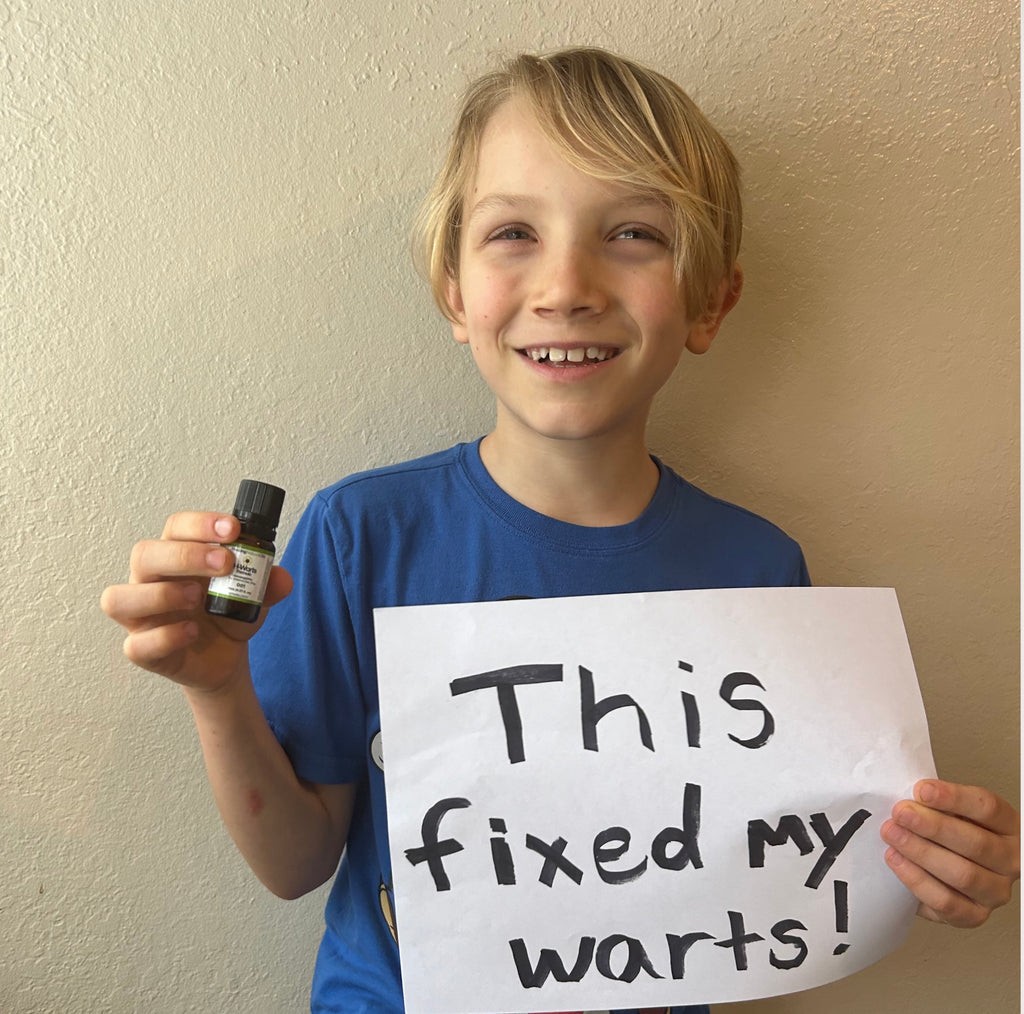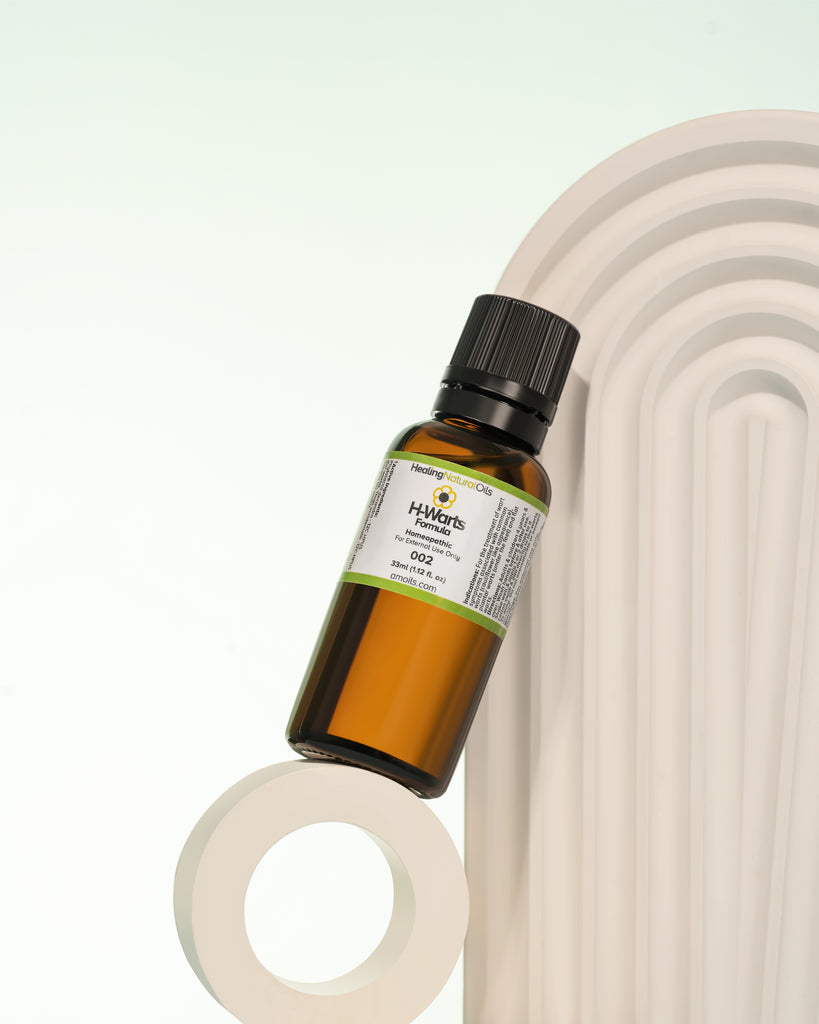Does Your Child Have Warts?
Warts are more common in children than adults although they can occur at any age. Children can be more at risk for warts in these circumstances.
-
When there is close contact with someone who has warts.
-
When the child has a weak or weakened immune system.
How do you know when a child has a skin wart?
The good news is that warts are not usually painful - except when they occur under the foot. To add confusion, there are various types of warts, each with a different appearance.
These include:
-
Common warts - which usually have a rough surface. They are grayish-yellow or brown in color and may occur on the fingers, elbows, knees or the face.
-
Plantar and palmar warts - which usually grow on the soles of feet or the palms of the hand. Groups of plantar warts are called mosaic. These are the types of wart that can cause considerable pain and discomfort.
-
Flat warts - which are small, smooth growths, often appearing on children's faces.
-
Filiform warts - which are small, long, narrow growths, usually appearing on eyelids, lips, the face or neck.
-
Periungual warts - which appear as thickened skin around the nails. They can cause painful splits in the skin (fissures).
More about plantar warts. These can occur through cuts or breaks in the skin, causing growths to build up on the soles of the feet. While plantar warts are not dangerous, they can be painful and resistant to treatment.

How to tackle warts in a child?
It is good to know that most warts go away in weeks or months with no treatment.
Unfortunately, some over-the-counter medications or other treatments may cause pain and burning in the area being treated.
Here is a list of such methods:
-
Applying salicylic acid or similar on the wart (known as topical irritants).
-
Freezing the wart with liquid nitrogen.
-
Applying an electrical current to the wart (known as electrocautery).
-
Cutting out (known as excising) the wart.
-
Removing the wart with laser surgery.
Fortunately, there is a natural and gentle alternative
H-Warts Formula is all natural, made of the highest quality essential oil and homeopathic ingredients which counteract the symptoms of warts when used as instructed. H-Warts Formula is gentle on the skin and safe for adults - and children over the age of four years.
Simple to apply directly to any warts using a cotton swab with only a few drops of the fast acting Formula needed for each application. While the process does vary based on the size and number of warts, you can expect results in a week or two with the warts changing in color, size and/or appearance before flaking away. Some stubborn warts may take a little longer.
How to prevent warts in children?
Warts can spread to other parts of the body and to other people. It can be spread by skin to skin contact. It can be virus may be spread by towels or other personal items.
You can help prevent the warts from spreading by making sure your child:
-
Doesn’t touch the wart before touching other parts of their body.
-
Doesn’t touch the wart before being in contact with others.
-
Doesn’t share anything that touches their wart, such as towels.
-
Wears socks or slippers if they have warts on the bottom of the feet.
SOURCES:
American Academy of Dermatology. How do dermatologists treat warts?. https://www.aad.org/public/diseases/contagious-skin-diseases/warts#treatment. (Accessed May 26, 2021).
American Academy of Dermatology. Warts. http://www.aad.org/dermatology-a-to-z/diseases-and-treatments/u---w/warts. (Accessed May 26, 2021).
Kwok CS, et al. Topical treatments for cutaneous warts. Cochrane Database of Systematic Reviews. http://onlinelibrary.wiley.com/doi/10.1002/14651858.CD001781.pub3/abstract. (Accessed May 7, 2021).





